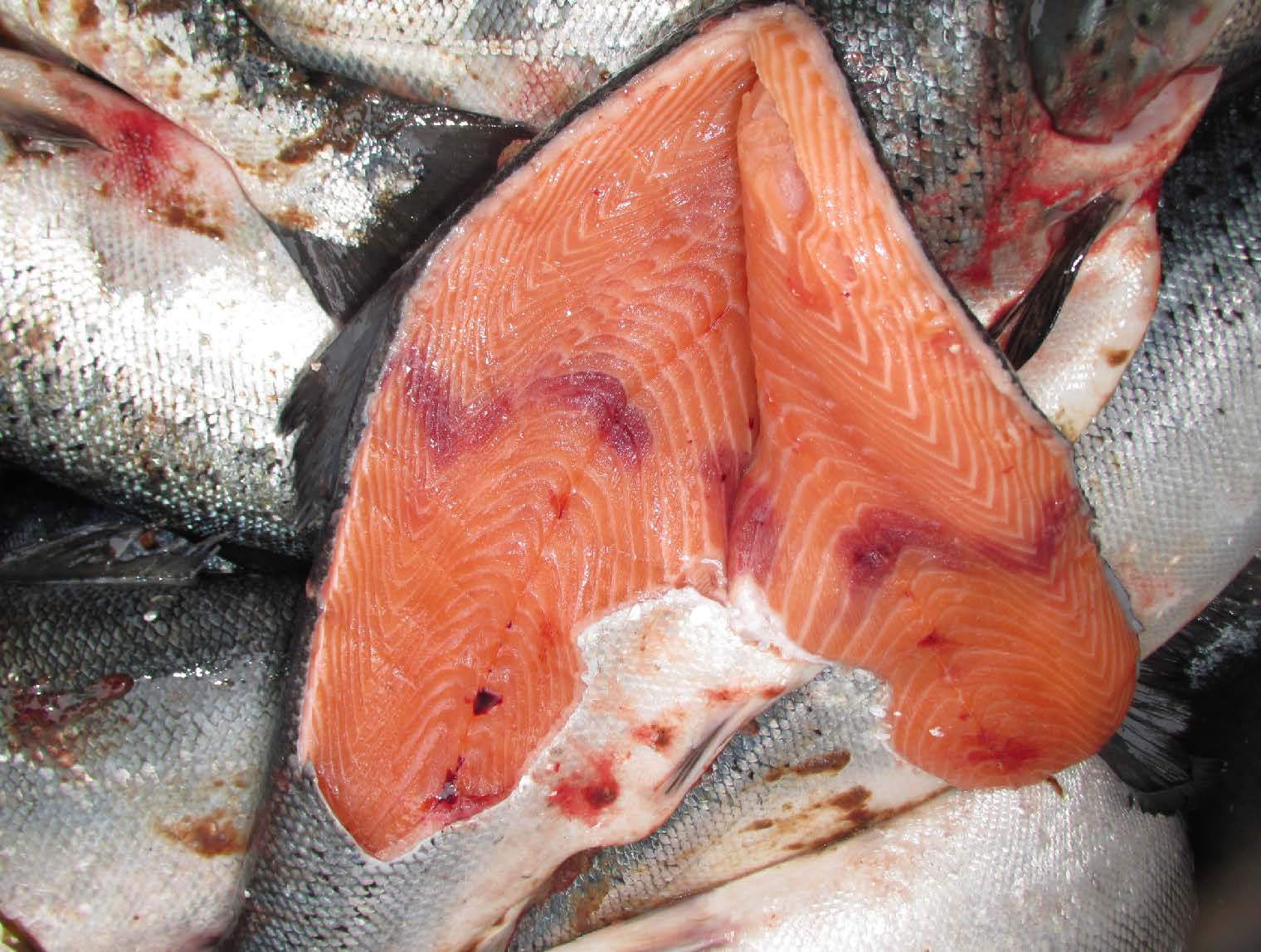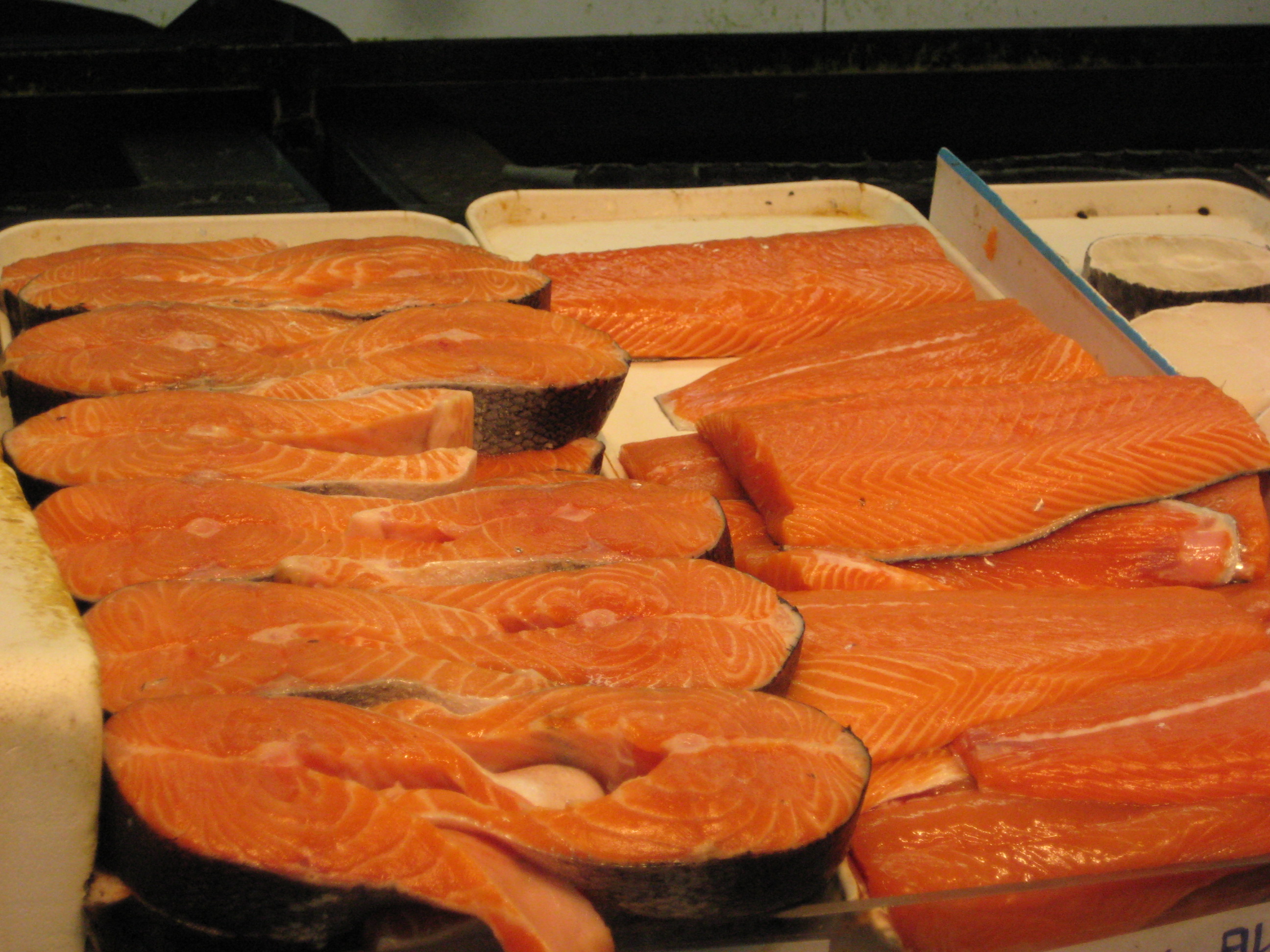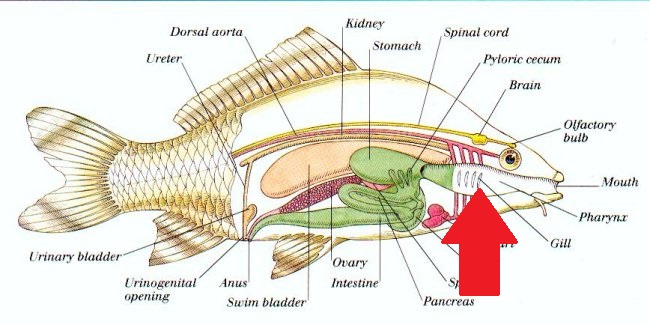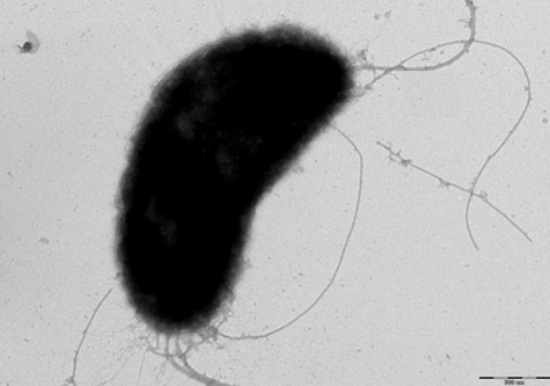Looking for a few quick facts?
You've come to the right place...
- Vibrio salmonicida is found in a marine
enviroment.
- Vibrio salmonicida causes Cold-water
Vibrosis.
- Vibrio salmonicida is
rod-shaped, motile, and acts as a pathogen to several
fish species.
- Vibrio is not bioluminescent (Fidopiastis 1998).
- Vibrio salmonicida has the ability to monitor the density of bacteria in the blood of its host and then regulate its production to ensure fatal infection (Bjelland et al. 2012 b).
- Vibrio salmonicida can survive for a significant
amount of time independently in water; however, they live most of
their lives within the anatomy of a fish (Farmer III and
Hickman-Brenner, 1991).
- Vibrio salmonicida has no effect on human beings pathologically
(Alivibrio salmonicida).
- To this day, not much is known about this organism's life cycle.
Now that we have fed your hunger for knowledge...how about a couple delicious recipes using salmon! (Salmon that is NOT infected by this nasty bacteria.) Try looking at these sites for great healthy recipes!
Allrecipes.com has a great variety of recipes that include
salmon:
http://allrecipes.com/recipes/seafood/fish/salmon/baked-salmon/
The Food Network also offers a host of delicious looking recipes
from Salmon Cakes to Asian Grilled Salmon:
http://www.foodnetwork.com/topics/salmon/index.html
Lastly Taste of Home lists hundreds of different Salmon recipes
for both non-members and members:
http://www.tasteofhome.com/recipes/ingredients/salmon-recipes
Looking for a do or
don't guide for salmon?
Can you guess which salmon meat would be safe to eat?


If you guessed the meat on the right, you have a good eye! That is definitely the better choice between the two. See those red marks on the meat to the left? That is the infection in the blood caused by Vibrio salmonicida, and is somehting you definitely do NOT want to eat.
How do you think the fish became infected?
Research supports that Vibrio salmonicida enters the fish through the gills. It is not known whether the bacteria enters through the mouth, but many would speculate that it does. If you want to learn more about how the organism interacts with a fish, check out the Interaction page.
Thank you for visiting our website! We hope you found what you needed and learned something new along the way!
Return back to Home Page.
See References.
